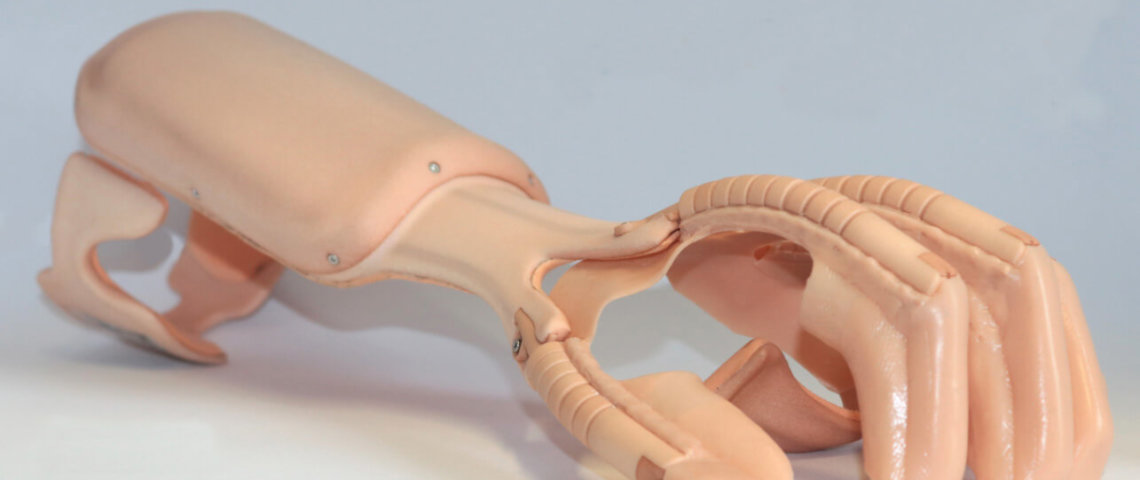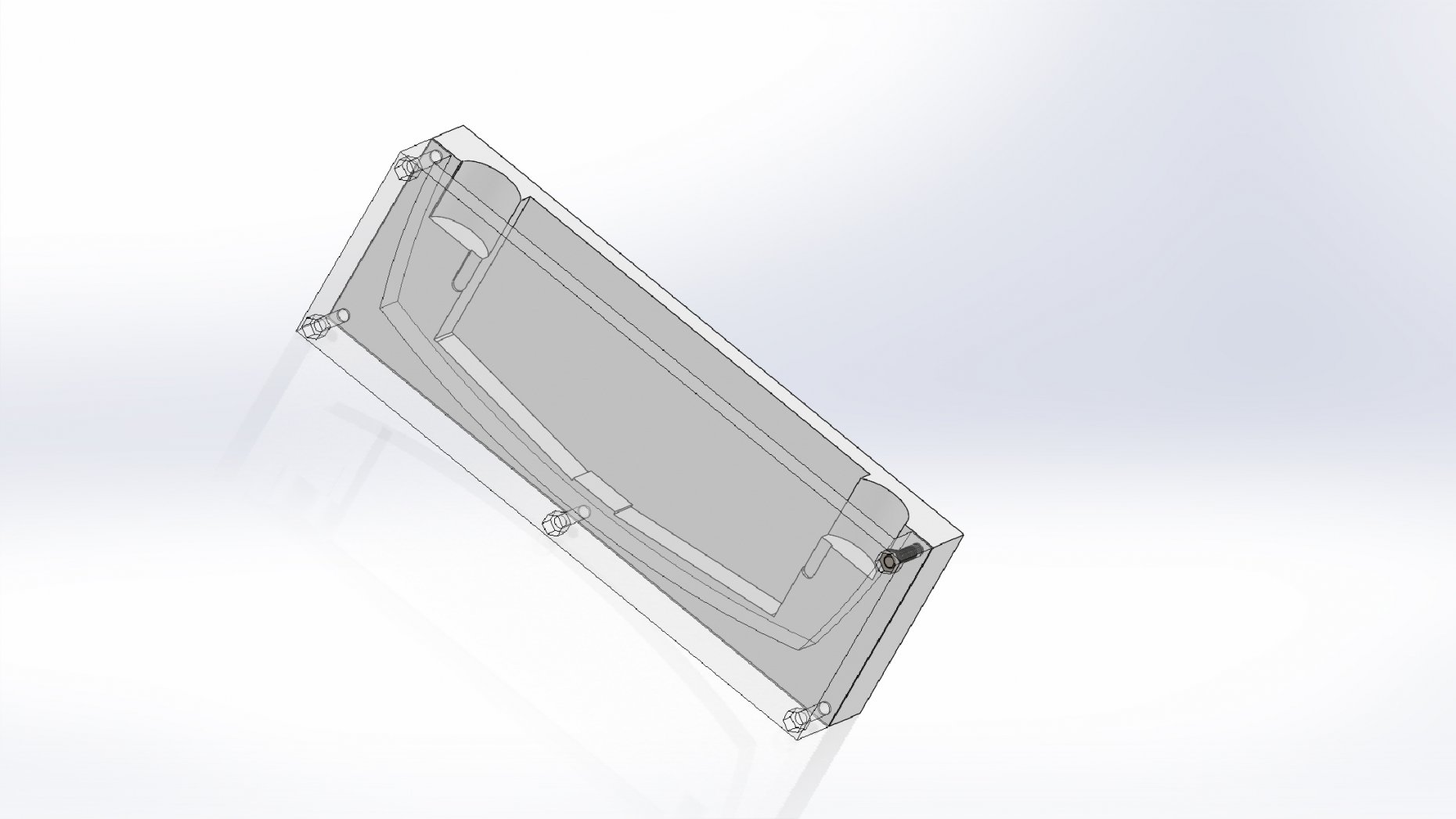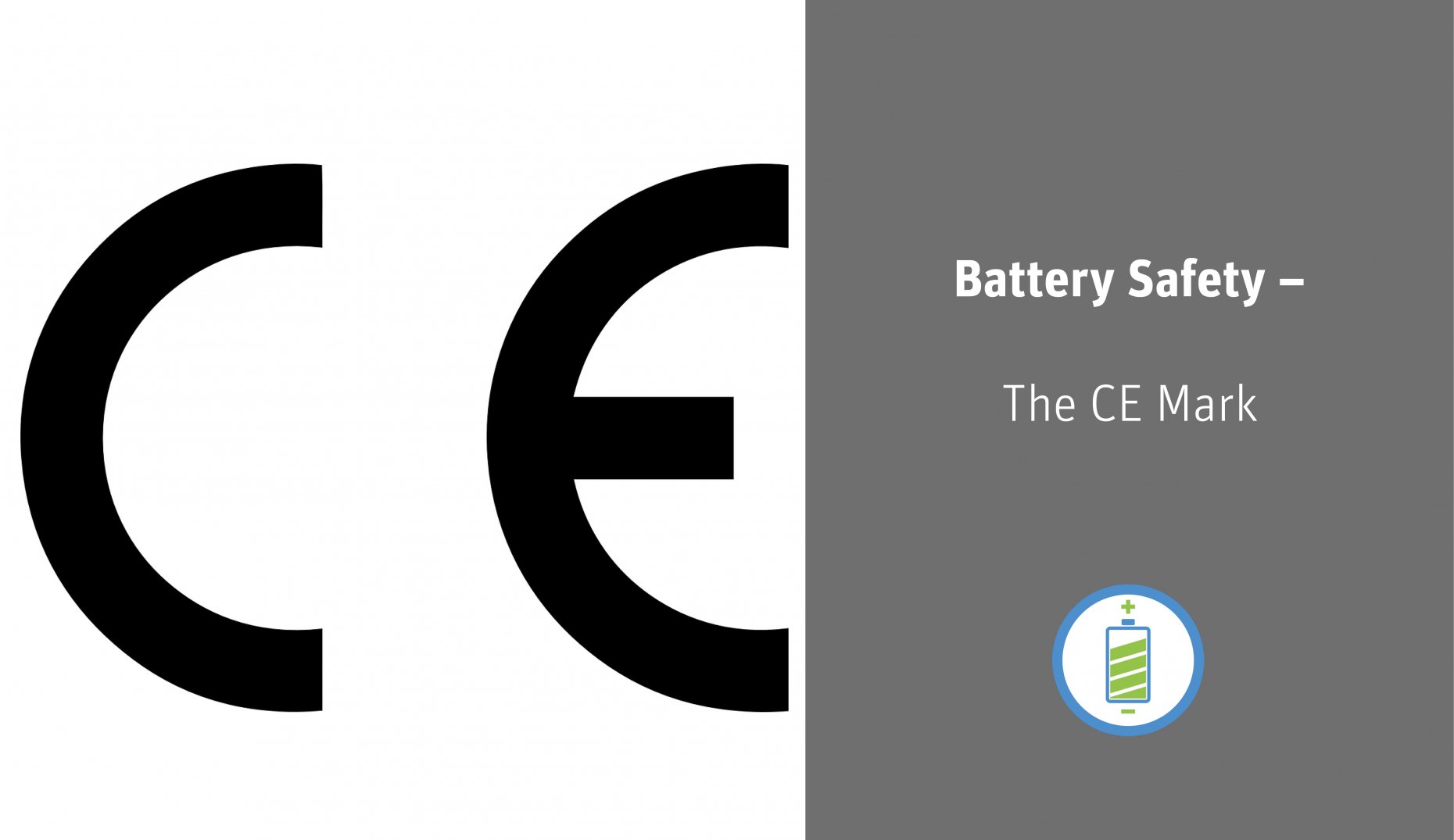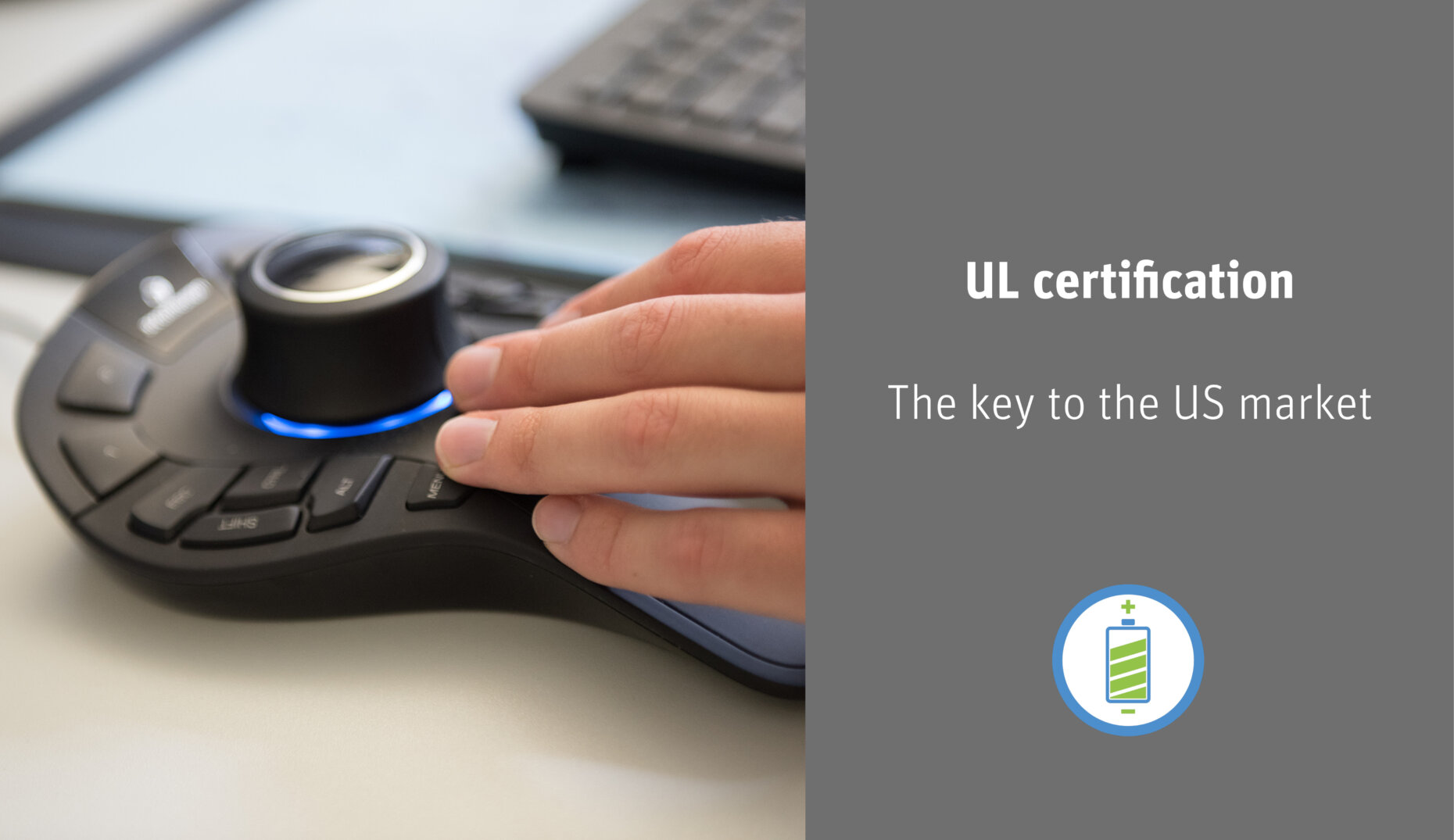From the 3D printer: a mount for holding the Steasy® battery pack during the UN 38.3 vibration test
There was recently a post on this blog regarding our 3D printer used for making samples and prototypes. The 3D printer allows both our customers and us to enjoy speed and flexibility in various process steps. For instance, this is true for the start-up Steasy®: We printed a mount designed to hold the start-up’s custom
- Published in Battery Technology
Battery Safety – The CE Mark
In the development of battery packs, the focus is often only on technical development. However, this alone does not go far enough. After all, new batteries require various certifications so that they can be placed on the market in compliance with the law. Worldwide, there is a multitude of different rules and regulations concerning the
- Published in Battery Technology
IEC certification – A common denominator for all continents
The standards of the International Electrotechnical Commission (IEC) are among the most important groups of standards for the certification and safety of electronic products. They include both cells and batteries and span primary cells, secondary cells, battery packs and portable device batteries. In addition to the requirements for the devices and central rules for the
- Published in Battery Technology
UL certification – the key to the US market
For market access in the USA, a so-called NRTL test mark is required for many products. As NRTL does not have its own test mark, test laboratories are accredited accordingly and their test marks are then recognised as NRTL test marks. The most important test mark on the US market comes from Underwriter Laboratories (UL).
- Published in Battery Technology

Customer Success Story: A Powerful Lithium-Ion Battery for HKK Bionics
Everyday activities such as tying shoes or eating with knife and fork are almost impossible for patients with paralyzed or weakened hands. The German-based start-up HKK Bionics is aiming to help these people with its newly developed hand orthosis. “Our exomotion® hand one is a kind of motorized partial glove with forearm splint,” explains Dominik
- Published in Battery Technology, Customer Success Stories
Transport of Lithium Batteries According to UN 38.3
Lithium batteries and battery cells are classified as dangerous goods class 9, just like liquid nitrogen, for example. The legal requirements for safe transport are correspondingly high. Whether by rail, road or air, the eligibility of lithium cell or battery shipments is regulated by the transport test 38.3 of the United Nations. A shipment is
- Published in Battery Technology


 Deutsch
Deutsch 



